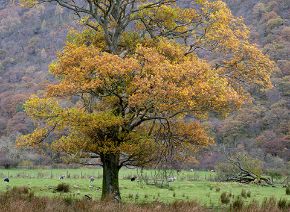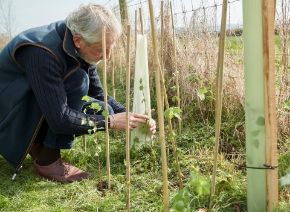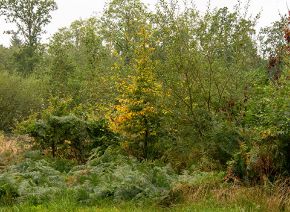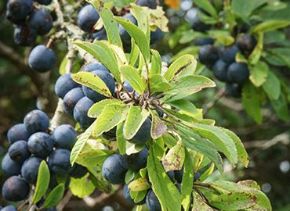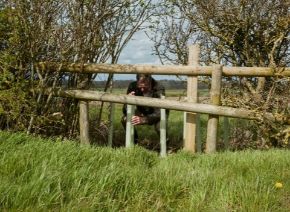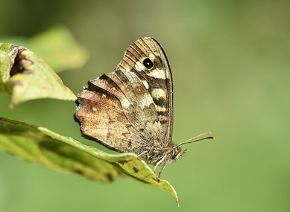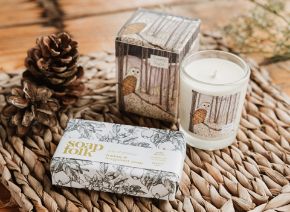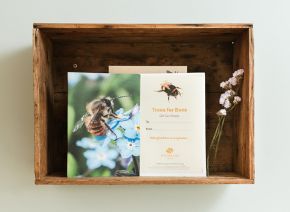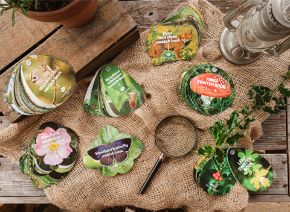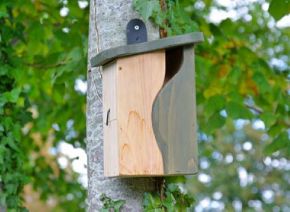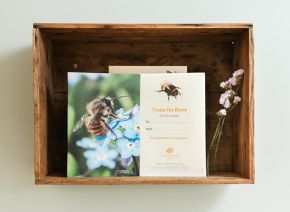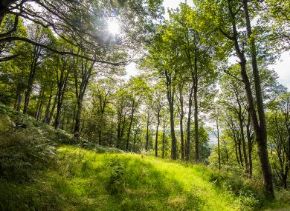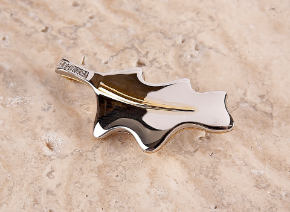Walnut
Juglans regia
Promotional Terms & Conditions:
Buy a Pack of 1 Walnut and get one free gift bag**, buy a Pack of 4 Walnut and receive four free gift bags (selected packs only)!
Each gift bag is blank so you can add your own decoration - no bows or ribbons are included - and they all come with a biodegradable waterproof liner. Simply pop your tree into the liner and place the liner in the bag for a gift that lasts a lifetime.
Free Bag Terms & Conditions**: This discount is only valid on selected tree mixes and packs. Promotion valid for Mainland UK delivery only. Prices are subject to change at any time. The free promotional gift is not returnable, redeemable for money or exchangeable. We reserve the right to cancel this promotion at any time. All tree-only orders qualify for free delivery. Valid from 28 November 2025 until 17 December 2025 (at 11.59pm). For full terms, please see our Shop Terms and Conditions of purchase.
Walnut:
Walnut trees are not native to Britain, being originally brought to the UK by the Romans who grew the species for its nuts. Although its nuts are still enjoyed as food, walnut is now often grown for its timber, which is fine with a decorative, wavy grain.
Estimated full grown height:
25-35 metres, growing an estimated 10-50cm each year.
Purchase size and growth:
Please be aware that these walnut saplings are smaller than usual (5cm+) but perfectly formed. They are well rooted, healthy saplings that will grow into big, strong walnut trees. Cell grown trees can be planted all year round in most situations as long as they are given the correct care. Please note, depending upon the time of year you receive your sapling (particularly early spring) it may not look very perky upon arrival. but please do not worry, as once it has been planted it should pick up quickly.
Value to wildlife:
Walnut leaves are the food plant for caterpillars of a number of micro moths, and the nuts are eaten by mammals including mice and squirrels.
Walnut preferred soil type or environmental conditions:
Walnut prefers well-drained, fertile and alkaline loam soils (a soil that is not very clayey or sandy).
UK and Ireland Sourced and Grown (UKISG):
Every sapling that we provide is UK and Ireland sourced and grown to minimise the risk of importing and spreading tree pests and diseases. Seeds are collected and stored in the UK and Ireland, and they are all coded and batched so that we can track each individual tree.
Learn more about this tree on our walnut species profile.
The images in this product listing show the saplings bundled and wrapped. This plastic wrap is made from LDPE (low-density polyethylene) and is 100% recyclable, we encourage users to recycle them when you are ready to plant your trees.




